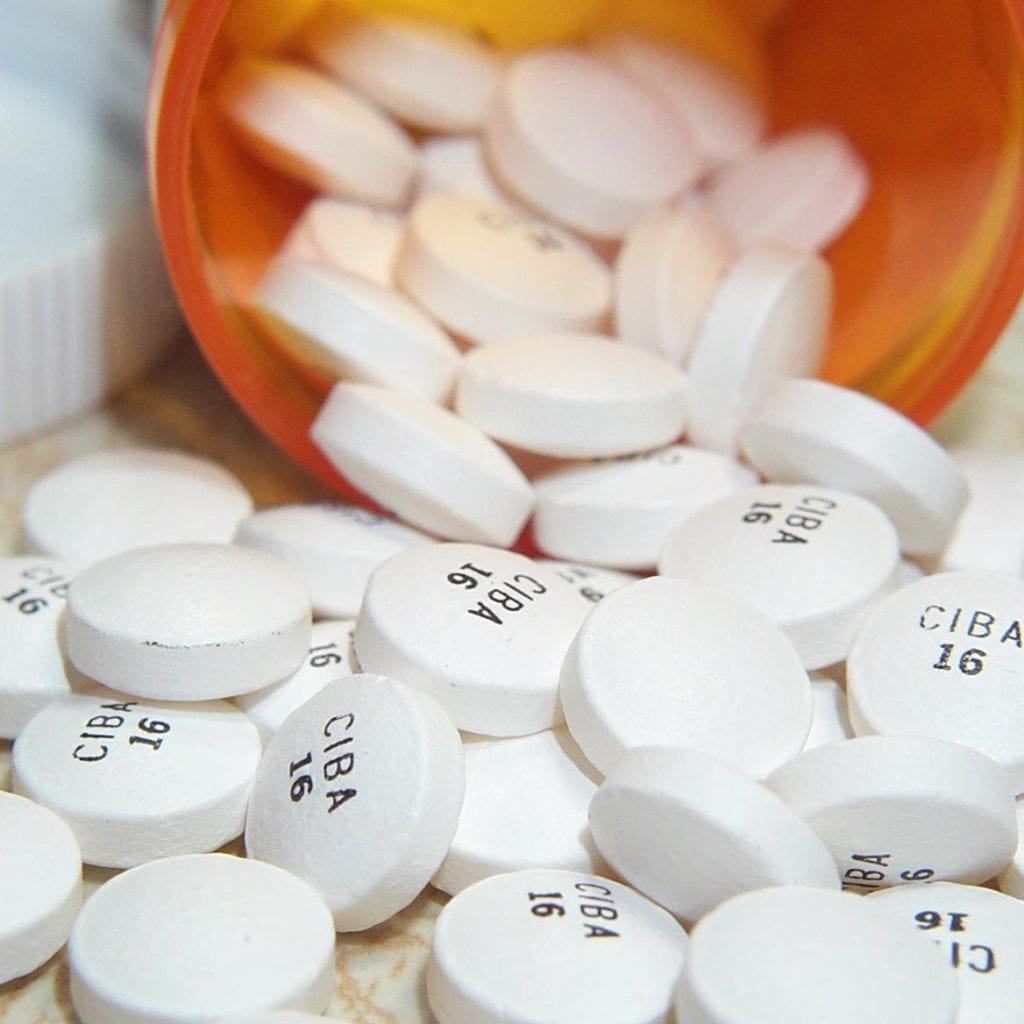Living Off the Label
Doctors and physicians are given a great deal of discretion when it comes to prescribing drugs for uses other than those indicated by the FDA. This is known as “off-label” use. The FDA, realizing the danger of off-label promotion in its 2009 guidance, has set forth rules to restrict the distribution of promotional materials that purport a non-FDA approved use for a drug. This guidance did not stop pharmaceutical companies from trying to increase their profits through off-label uses of blockbuster drugs.
 Johnson and Johnson had a rude awakening to the effect of this guidance last November, when it was caught promoting their subsidiary’s drug, Risperdal, for a non-FDA approved use. Risperdal is approved for the treatment of schizophrenia, but J&J and its subsidiary, Janssen Pharmaceuticals Inc., marketed the drug for the treatment of aggression and anxiety caused by dementia. They did this by ignoring the FDA’s approved use for their product when marketing the drug to nursing homes and children. J&J essentially committed fraud to get a few more sales by targeting some of our most vulnerable citizens – the mentally ill, children, and the elderly.
Johnson and Johnson had a rude awakening to the effect of this guidance last November, when it was caught promoting their subsidiary’s drug, Risperdal, for a non-FDA approved use. Risperdal is approved for the treatment of schizophrenia, but J&J and its subsidiary, Janssen Pharmaceuticals Inc., marketed the drug for the treatment of aggression and anxiety caused by dementia. They did this by ignoring the FDA’s approved use for their product when marketing the drug to nursing homes and children. J&J essentially committed fraud to get a few more sales by targeting some of our most vulnerable citizens – the mentally ill, children, and the elderly.
The FDA responded by threatening criminal charges, and the case settled for around $2.2 billion dollars. Johnson and Johnson is not the only company participating in this practice, as this case comes after a string of similar large settlements from pharmaceutical companies for off-label promotion. Targeted companies include Pfizer Inc., which agreed to pay $2.3 billion and GlaxoSmithKline Plc which agreed to pay $3 billion for off-label marketing.
The FDA has recently tried to catch up with the off-label marketing of products and has released a new draft guidance for avoiding off-label promotion in February of this year. While pharmaceutical companies are not allowed to distribute any promotional materials regarding off-label uses for their products, they can distribute scientific or medical materials. This practice was also found acceptable under the 2009 guidance. However, the materials must be scientific or medical articles, scientific or medical reference texts, and/or clinical practice guidelines. The materials must meet the qualifications set forth in the new draft guidance when it goes into effect. For example, peer-reviewed medical articles should be unabridged and unaltered and disseminated with conflicting studies and a bibliography. These medical articles should also be accompanied by a prominent statement highlighting any conflicts of interest which may be present between the manufacturer and the researchers. Again, these are just a few of the many restrictions which will be placed on the distribution of scientific materials once the guidance is implemented.
While stating that the distribution of these materials is beneficial for educating physicians and patients, the draft guidance also states that this is by no means a substitute for the FDA approval process. Hopefully, people and physicians will be better protected from misleading pharmaceutical advertising in the future with these new and stricter rules.
Share This


